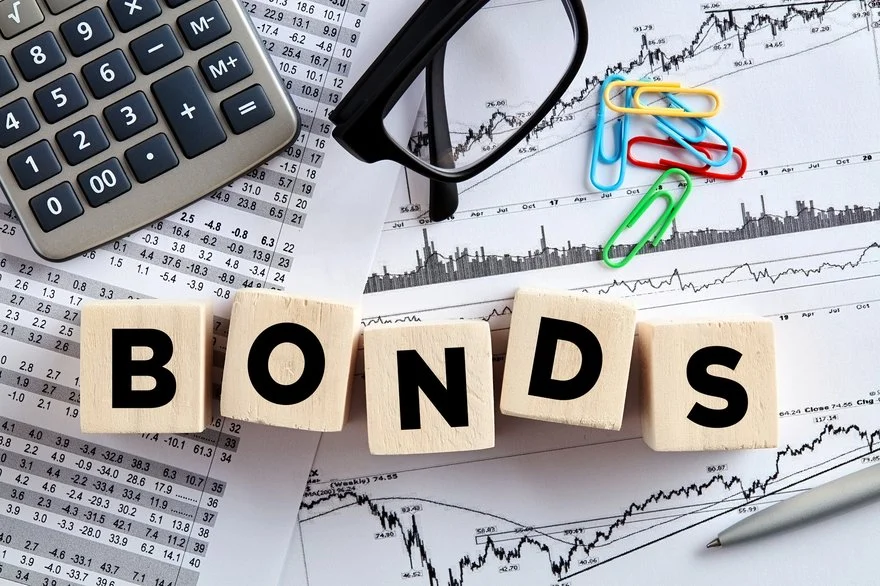Bonds may be issued by enterprises or governments to obtain funds for new projects, operations, or debt refinancing.Corporate and government bonds are widely traded on exchanges.
Meanwhile, stock markets are continually fluctuating.Interest rates may rise or fall. Commodity prices might abruptly rise or fall. Recessions and booms are not permanent. Companies may go bankrupt or recover from the verge of death. Investors often modify their portfolios in anticipation of and response to such developments in order to prevent or benefit from the shift in market conditions.
1. Yield Pickup
The primary reason investors exchange bonds is to boost portfolio yields. Yield is the expected total return from holding a bond to maturity, which many investors want to maximize.
Consider this scenario: if you held investment-grade BBB bonds in Company X with a yield of 5.5%, and similarly rated bonds in Company Y had a yield of 5.75%, what would you do? Selling X bonds and buying Y bonds would result in a 0.25% spread gain or yield pickup, assuming low credit risk. Investors and management often prioritize maximizing yield, making this transaction a popular choice.
2. Credit-Upgrade Trade
There are generally three main providers of credit ratings for companies and country (or sovereign) debt—Fitch, Moody's, and Standard and Poor's.1 The credit rating reflects the opinion of these credit rating agencies, on the likelihood that a debt obligation will be repaid, and the swings in these credit ratings can present a trading opportunity.
The credit-upgrade trade can be used if an investor anticipates that a certain debt issue will be upgraded in the near future. When an upgrade occurs on a bond issuer, generally, the price of the bond increases and the yield decreases. An upgrade by the credit rating agency reflects its opinion that the company has become less risky, and its financial position and business prospects have improved.
In the credit-upgrade trade, the investor is attempting to capture this anticipated price increase by purchasing the bond before the credit upgrade. However, making this trade successfully requires some skill at performing credit analysis. Also, credit-upgrade type trades typically occur around the cut-off between investment-grade ratings and below-investment-grade ratings. A jump up from junk bond status to investment grade can result in significant profits for the trader. One main reason for this is that many institutional investors are restricted from buying debt that is rated below investment grade.
3. Credit-Defense Trades
The next popular trade is credit-defense trades. In times of increasing instability in the economy and the markets, certain sectors become more vulnerable to defaulting on their debt obligations than others. As a result, the trader can adopt a more defensive position and pull money out of sectors expected to do poorly, or those with the most uncertainty.
For example, as the debt crisis swept through Europe in 2010 and 2011, many investors cut their allocation to the European debt markets, due to the increased likelihood of default on sovereign debt.2 As the crisis deepened, this proved to be a wise move by traders that didn't hesitate to get out.
In addition, signs that a certain industry will become less profitable in the future can be the trigger to initiate credit-defense trades within your portfolio. For instance, increased competition in an industry (perhaps due to reduced barriers to entry) can cause increased competition and downward pressure on profit margins for all companies within that industry. This can lead to some of the weaker companies being forced out of the market, or, worse case, declaring bankruptcy.
4. Sector-Rotation Trades
In contrast to the credit-defense trade that primarily seeks to protect the portfolio, the sector-rotation trades seek to re-allocate capital to sectors that are expected to outperform relative to an industry or another sector.3 At the sector level, one commonly used strategy is to rotate bonds between cyclical and non-cyclical sectors, depending on where you believe the economy is headed.
For instance, in the U.S. recession that began in 2007/08, many investors and portfolio managers rotated their bond portfolios out of cyclical sectors (like retail), and into non-cyclical sectors (consumer staples).45 Those who were slow or reluctant to trade out of cyclical sectors found their portfolio underperforming relative to others.
5. Yield Curve Adjustments
The longevity of a bond portfolio measures its price sensitivity to interest rate movements. High-duration bonds are more sensitive to interest rate movements, while low-duration bonds are the opposite.6A five-year bond portfolio's value may fluctuate by 5% for every 1% fluctuation in interest rates.
The yield curve adjustment trade adjusts the length of your bond portfolio to enhance or reduce sensitivity to interest rates, according on your outlook on the direction of interest rates. Bond prices are inversely correlated with interest rates, so traders can increase the duration of their bond portfolios to anticipate a decrease in interest rates.
